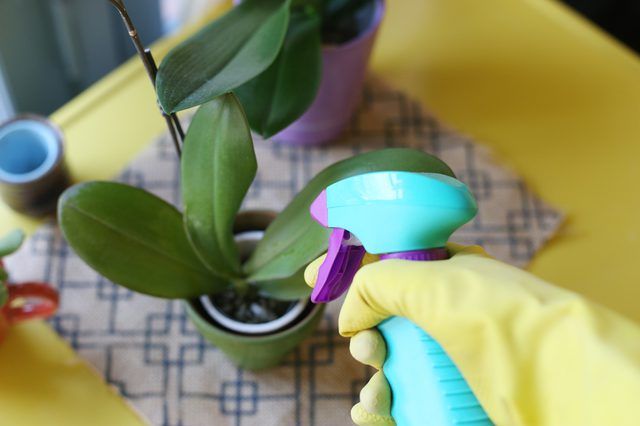Bulbs
Flower Basics
Flower Beds & Specialty Gardens
Flower Garden
Garden Furniture
Garden Gnomes
Garden Seeds
Garden Sheds
Garden Statues
Garden Tools & Supplies
Gardening Basics
Green & Organic
Groundcovers & Vines
Growing Annuals
Growing Basil
Growing Beans
Growing Berries
Growing Blueberries
Growing Cactus
Growing Corn
Growing Cotton
Growing Edibles
Growing Flowers
Growing Garlic
Growing Grapes
Growing Grass
Growing Herbs
Growing Jasmine
Growing Mint
Growing Mushrooms
Orchids
Growing Peanuts
Growing Perennials
Growing Plants
Growing Rosemary
Growing Roses
Growing Strawberries
Growing Sunflowers
Growing Thyme
Growing Tomatoes
Growing Tulips
Growing Vegetables
Herb Basics
Herb Garden
Indoor Growing
Landscaping Basics
Landscaping Patios
Landscaping Plants
Landscaping Shrubs
Landscaping Trees
Landscaping Walks & Pathways
Lawn Basics
Lawn Maintenance
Lawn Mowers
Lawn Ornaments
Lawn Planting
Lawn Tools
Outdoor Growing
Overall Landscape Planning
Pests, Weeds & Problems
Plant Basics
Rock Garden
Rose Garden
Shrubs
Soil
Specialty Gardens
Trees
Vegetable Garden
Yard Maintenance
How to Care for a Phalaenopsis Orchid
How to Care for a Phalaenopsis Orchid. A Phalaenopsis orchid (Phalaenopsis spp.) provides long-lasting, exotic blooms for the home and outdoors in U.S. Department of Agriculture plant hardiness zones 10 through 12. Also named a moth orchid for the shape of its flowers, this tender plant grows best in warm, humid, free-draining conditions and...
A Phalaenopsis orchid (Phalaenopsis spp.) provides long-lasting, exotic blooms for the home and outdoors in U.S. Department of Agriculture plant hardiness zones 10 through 12. Also named a moth orchid for the shape of its flowers, this tender plant grows best in warm, humid, free-draining conditions and bright, indirect light. In the wild, a moth orchid naturally grows on the trunks and branches of trees.
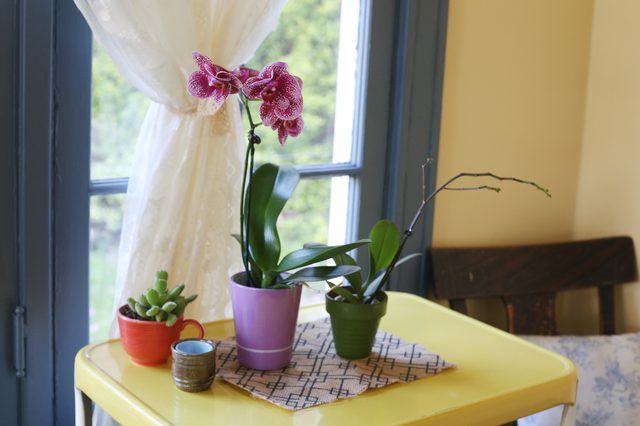
Accurate watering is essential when caring for a moth orchid. Overwatering the plant and allowing it to stand in water cause root rot diseases. A moth orchid container must have drainage holes.
Fill a container with tapwater and allow it to stand until it reaches room temperature. Water a moth orchid with the water in the morning when the potting mix is slightly dry on the surface. Stand a moth orchid in a container in a sink, and slowly pour water over the potting mix until it flows through the drainage holes. A mature moth orchid usually needs water about once a week, but in hot summers it may need water every other day. When temperatures are low a moth orchid may need water only every 10 days.
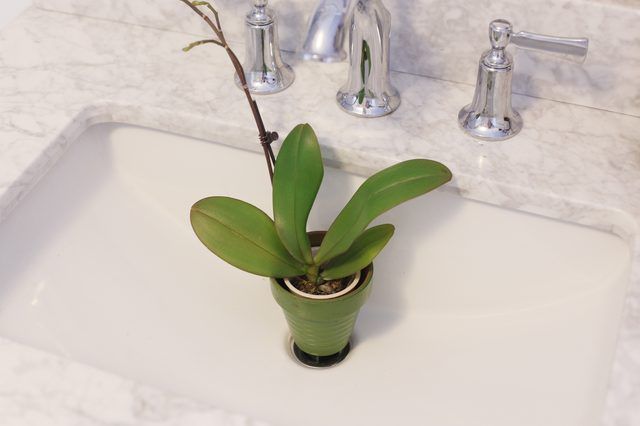
A moth orchid usually grows in a bark-based potting mix, and needs a high-nitrogen fertilizer. Bark potting mixes retain little water or plant nutrients. A 30-10-10 fertilizer supplies a moth orchid's needs.
Dilute a liquid 30-10-10 fertilizer at a rate of 1/4 teaspoon per 1 gallon of room-temperature water, and apply the solution to the moth orchid potting mix in the morning every two weeks while the plant is actively growing. You can apply fertilizer in place of water if the plant needs watering. When the moth orchid isn't producing fresh growth, apply the diluted fertilizer once every four weeks. Don't allow the fertilizer solution to touch the orchid's leaves. Dilute a 30-10-10 fertilizer at a rate of 1 tablespoon per 1 gallon of water to fertilize an outdoor moth orchid.
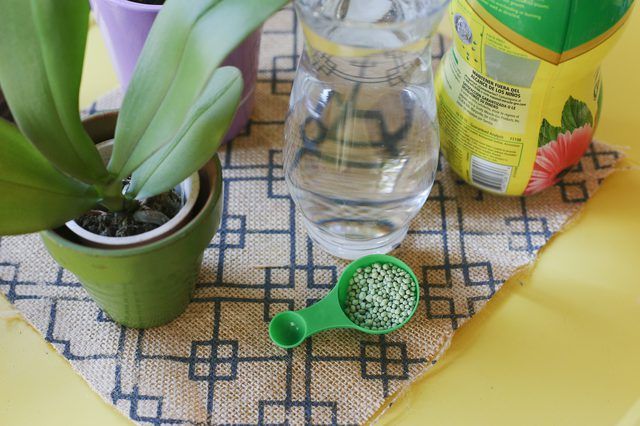
Pruning a moth orchid's faded flower stalk often produces a second flush of flowers. Moth orchid flowers last four months or longer, and blooms can appear repeatedly throughout the year.
Sterilize your pruning shears by wiping the blades with a cloth that was dipped in rubbing alcohol, and prune a moth orchid's flower stalk when the final flower fades. Prune below the lowest flower and just above a slight bump on the stalk, which is called a node. The second flower stalk usually sprouts from the node. When all the flowers on a moth orchid have faded, prune the flower stalk to 1 inch long.
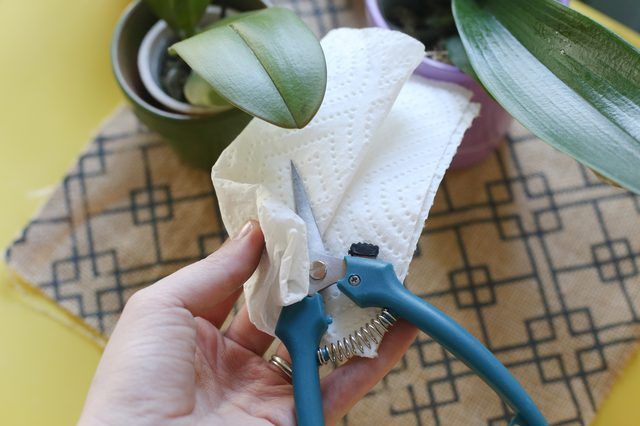
Mealy bugs and scale insects can infest an indoor and an outdoor moth orchid, and an outdoor orchid may also attract slugs and snails. Viruses, which cause discoloration and distorted growth, can also affect this plant. A plant suffering from a virus should be thrown in the trash.
Mealy bugs secrete a cottony coating, and scale insects look like tiny shells on an orchid's stems and leaf veins. Spray an indoor or outdoor plant with an insecticidal soap spray, avoiding the blooms. Spray an outdoor plant on an overcast day. Spray the orchid every week, if necessary.
To control slugs and snails on an outdoor moth orchid, go out after dark with a flashlight, and pick off and destroy all the slugs and snails you see.
